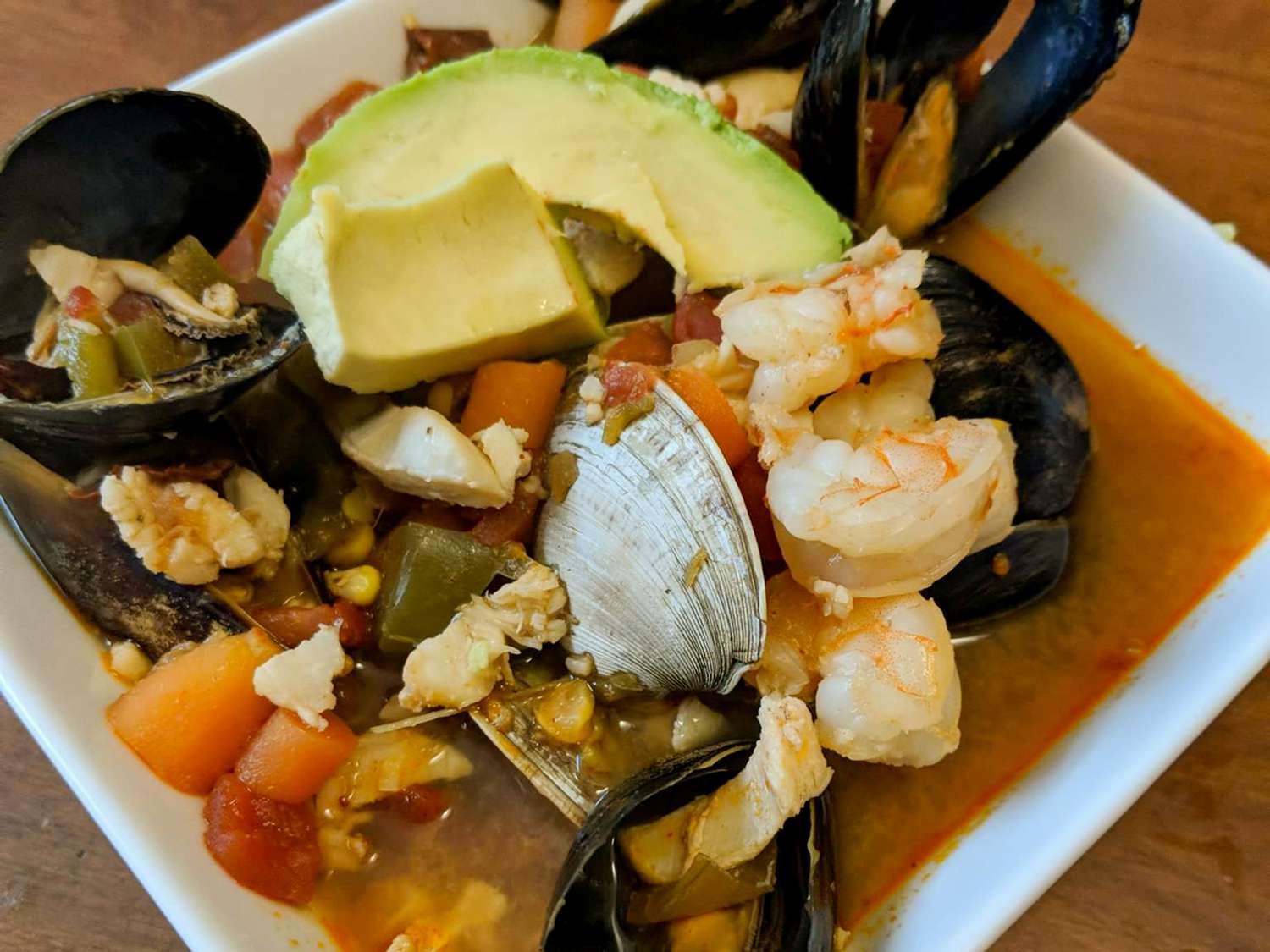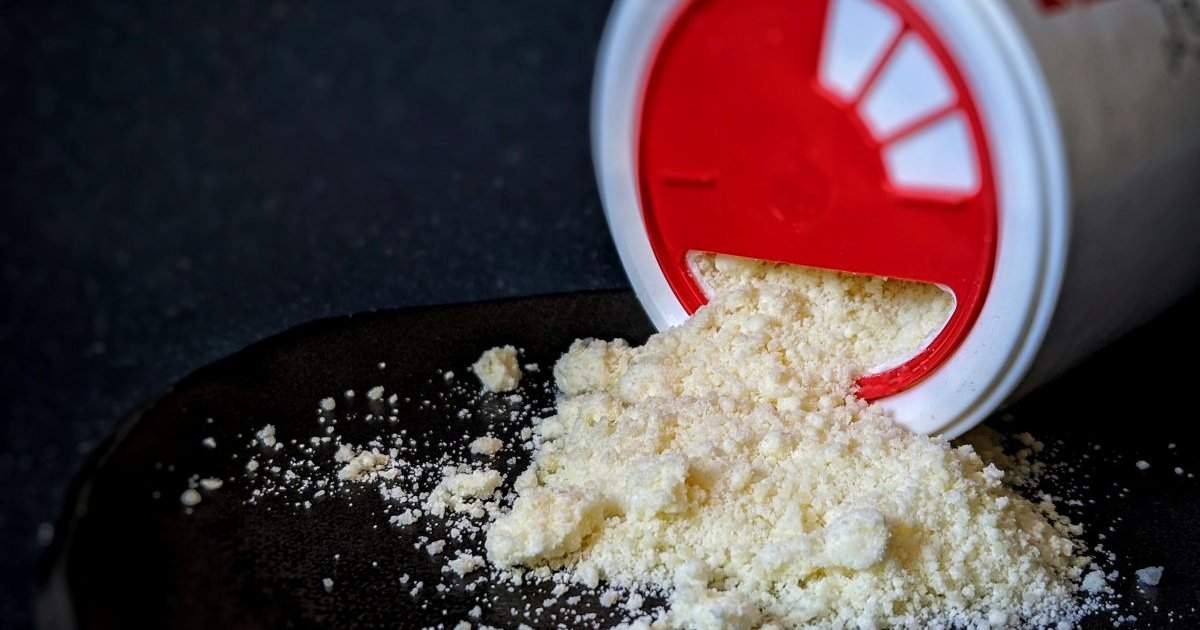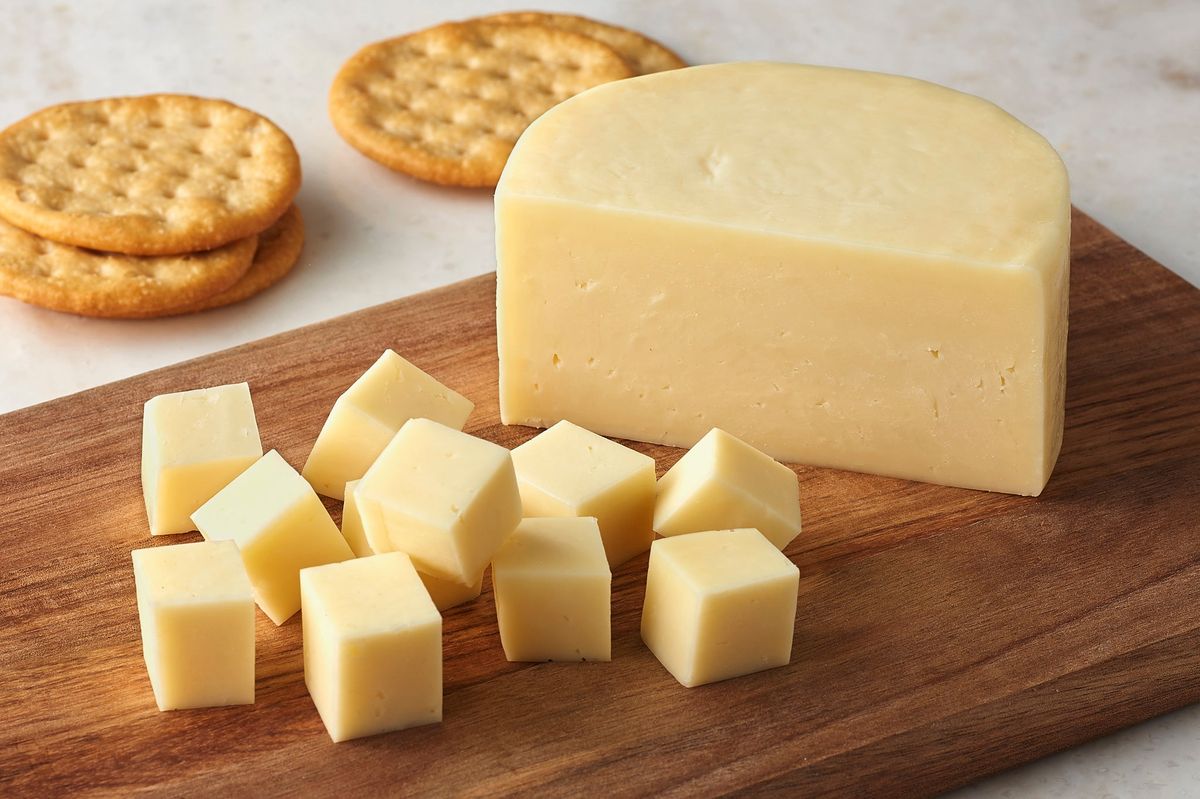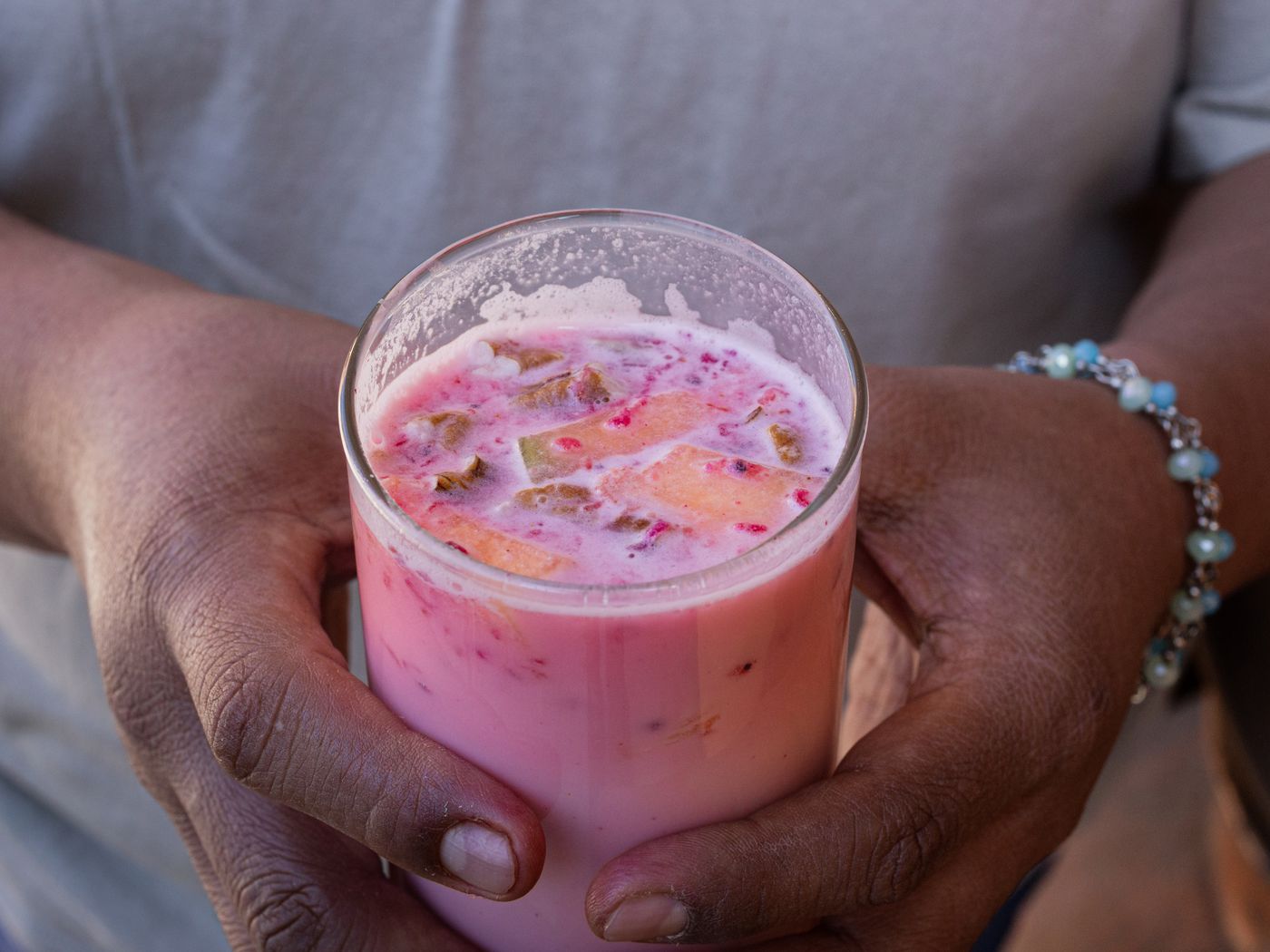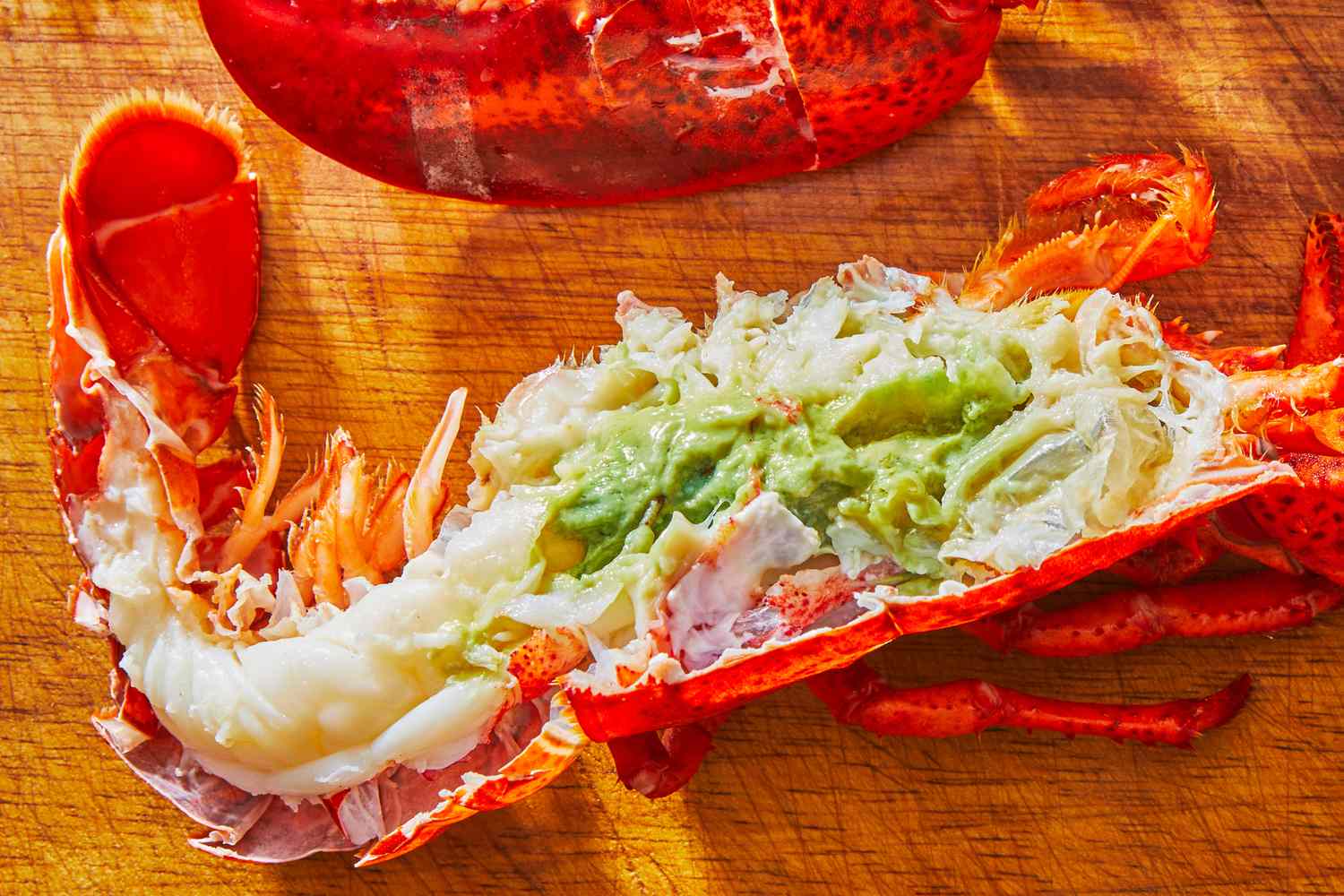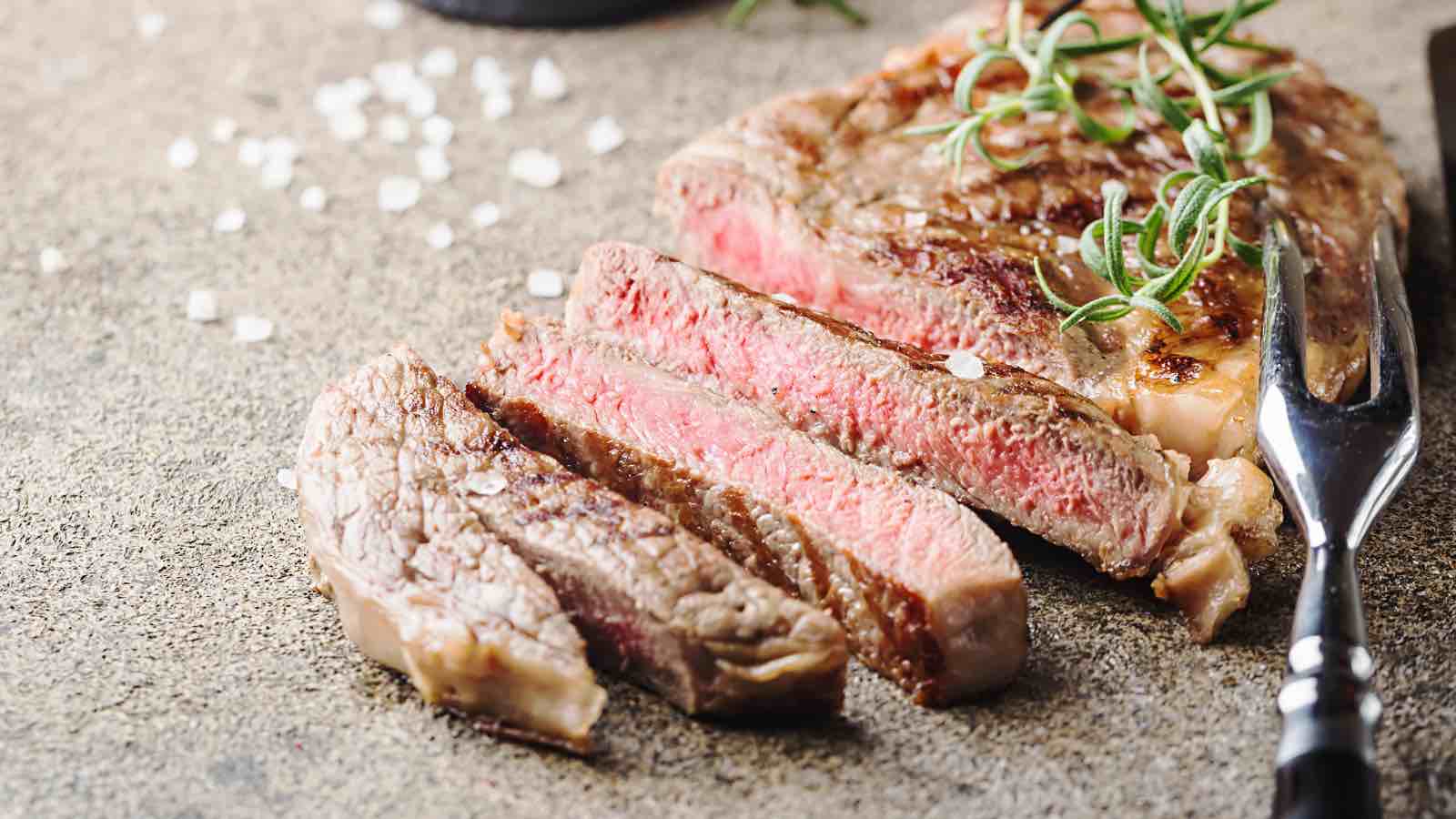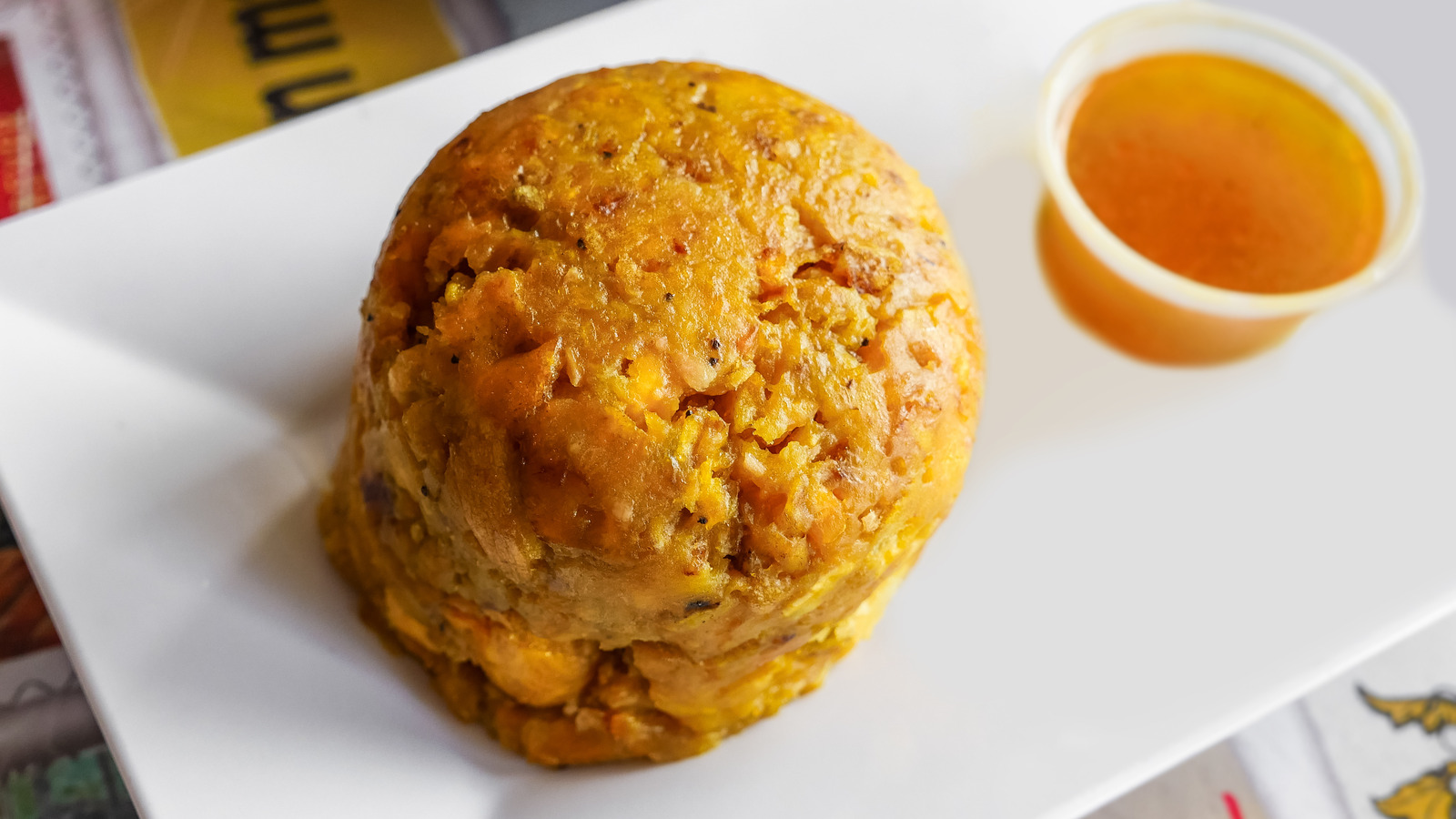When it comes to iconic British foods, the Marmite sandwich holds a special place in the hearts of many. This simple yet divisive sandwich has been a staple in British cuisine for decades. But what exactly is a Marmite sandwich, and why does it evoke such strong reactions from people? Let's delve into the world of Marmite and uncover the secrets behind this beloved (or reviled) sandwich.
What is Marmite?
Before we can understand the Marmite sandwich, it's important to know what Marmite actually is. Marmite is a dark, sticky spread made from yeast extract. It has a distinctive, savory flavor that is often described as salty, tangy, and umami-rich. Marmite is a byproduct of beer brewing, and its unique taste has made it a polarizing ingredient in the culinary world.
The Marmite Sandwich
A Marmite sandwich is a simple creation that consists of bread spread with a generous layer of Marmite. The bread can be white, whole wheat, or any other variety, and the amount of Marmite used can vary depending on personal preference. Some people enjoy a thin layer of Marmite, while others prefer a thick, bold spread.
How to Make a Marmite Sandwich
Making a Marmite sandwich is a straightforward process. Here's a simple recipe to guide you through the steps:
Ingredients:
- 2 slices of bread
- Marmite spread
Instructions:
- Take two slices of bread and place them on a clean, flat surface.
- Using a knife, spread a layer of Marmite onto one slice of bread. The amount of Marmite used is entirely up to you.
- Place the second slice of bread on top of the Marmite-covered slice to form a sandwich.
- Press the slices together gently to ensure the Marmite is evenly distributed.
And there you have it – a classic Marmite sandwich ready to be enjoyed!
The Love-Hate Relationship
The Marmite sandwich is known for sparking strong reactions among those who try it. Some people absolutely love the intense, savory flavor of Marmite and can't get enough of it in their sandwiches. On the other hand, there are those who find the taste of Marmite overwhelming and unappealing. This love-hate relationship with Marmite has made it a topic of much debate and discussion in the culinary world.
Nutritional Benefits
Despite its divisive nature, Marmite does offer some nutritional benefits. It is a rich source of B vitamins, particularly B12, which is essential for maintaining a healthy nervous system and producing red blood cells. Marmite is also low in fat and calories, making it a relatively healthy spread option for those looking to watch their weight.
Serving Suggestions
While the classic Marmite sandwich is a beloved choice for many, Marmite can also be used in a variety of other culinary applications. Some people enjoy spreading Marmite on toast, crackers, or even incorporating it into savory recipes for an extra burst of flavor. Marmite can also be used to add depth to stews, soups, and gravies, making it a versatile ingredient in the kitchen.
In Conclusion
The Marmite sandwich may be a simple creation, but its impact on British cuisine and culture is undeniable. Whether you love it or loathe it, there's no denying that Marmite has earned its place as a beloved (or notorious) spread in the culinary world. So, the next time you're feeling adventurous, why not give the Marmite sandwich a try and see which side of the love-hate divide you fall on?
